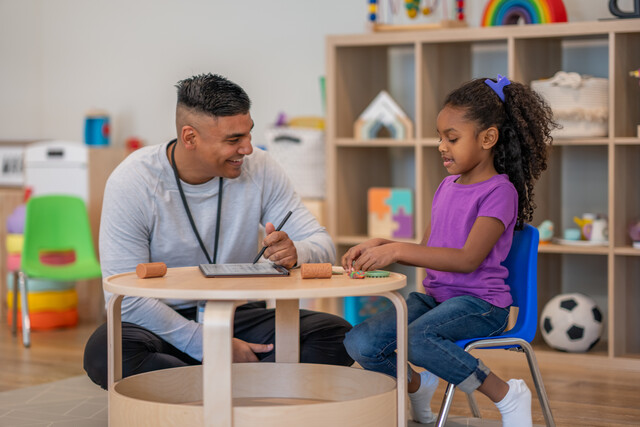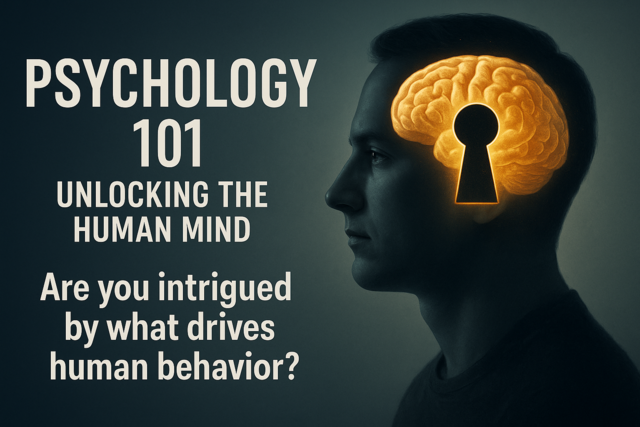There are a number of basic best practices that parents need to be aware of and apply in their home setting in order to keep their child safe, especially in the infant and early childhood years. As the child gets older, it becomes important for the parents to instill good safety awareness skills in their child as well as continually monitor for any signs of physical or emotional harm that may have occurred outside the home.
Background and Statistics
There are four types of child maltreatment--physical abuse, sexual abuse, emotional abuse, and neglect. All four types cause extreme harm and it is important to note that no one type is more or less traumatic for the child than another. It's also important to note that multiple types of harm may be in play during an abuse situation. This is why it is important for parents and caregivers to be aware of all four types and act quickly and decisively if they see any of the signs of any one type since it could also indicate another type of abuse happening as well.
Best Practices
Each state has slightly different laws and regulations for how they categorize and define abuse and what mandated reporters are trained to look for when making a report. It's important for parents and caregivers to be aware of best practices for child safety so that they can keep their child safe from harm both in and out of the home. Best practices for the home environment include the following.
1. constant supervision - Children learn by interacting with their environment. If this interaction is not supervised and guided, they can put themselves into dangerous situations, such as climbing into a washing machine to see what is inside or leaning too far out of an open window. Children need constant and active supervision from a responsible and trusted adult who will prevent unsafe situations as well as teach the child good habits for safety. However, children will need repeated exposure to environmental safety instruction over the course of many years--early through middle childhood--before applying these skills independently. So teaching safety skills should go in tandem with constant supervision and not replace it.
2. environmental protection and enhancements - Parents should always use the latest best practices for structuring a safe home and if applicable, daycare environment for the child. This means using an approved crib--not a drop side crib--and firm mattress, laying the child on their back to sleep in infancy; using safety gates and child locks as well as blocking off unsafe areas as the child becomes mobile; ensuring doors and windows are closed and locked even when constant supervision is being provided; ensuring screens are installed when doors and windows are open for ventilation reasons and increasing vigilance of supervision; ensuring medication and chemicals are high up and/or locked away, and preventing access to other items, such as knives or small items that present a choking hazard. If there are guns in the home, they must be locked away in a manner that prevents child access at all times. Best practice is that they are double or triple-locked in a separate area of the home, such as a password protected safe in a locked closet in a locked room of the garage or external storage facility.
3. communication and support - Parents themselves are vulnerable, especially in the infancy and early childhood years when they are being vigilant at all times to provide a safe, healthy, and happy environment for a helpless being. Parents need to identify a support system in advance that they can call upon when they need to take a break. For example, if a parent is having thoughts of harm like shaking their baby who is crying uncontrollably, they should put the baby in the crib where they will be safe and start calling their support system, which could be a partner, a friend, a grandparent, etc., until they reach someone who can come provide care for the child so that the parent may resolve their issue while having ensured their child will be safe.
These practices provide the foundation for best practices out of the home as well to ensure safety of the child from harm or neglect across environments. For example, families will want to train assigned caregivers such as babysitters in the above practices as well as in all of their child's individual needs. Parents will want to maintain an active communication loop with school staff for school age children from small tasks like calling in advance to inform the school of absences due to sickness to larger ongoing areas of communication like discussions with the child's teacher around areas of challenge, academically or socially, and how to accommodate and provide growth opportunities for the child to address these challenges.
Signs of Harm
Common Red Flags of Abuse and Neglect
Signs of abuse and neglect may be present in both the child and the parent. Additionally, cases of physical abuse of the child have a strong correlation of domestic abuse, which means abuse between cohabitating partners. It's important to take note of the holistic situational variables in the whole family, as well as individual signals of abuse when evaluating the possibility of abuse and neglect in a child's life.
Parental symptoms may include a lack of interest in the child's overall life with school, activities, friendships, and peers. The parent may dismiss issues raised by the child or by other adults, such as trouble with homework or difficulty with incontinence at night--like "all kids wet the bed, I wet the bed until I was twelve years old"--rather than acknowledging and researching a potential issue and providing the child with additional support as needed, such as an extra bathroom trip right before bed, waterproof sheets, and additional teaching and/or medical support for incontinence issues if recommended by the child's pediatrician. The parent may use severe physical punishment tactics in public on occasion, particularly when no familiar adults are present or request that caregivers and school staff utilize corporal punishment in the school, community, or daycare setting. The parent may demonstrate reliance on the child for emotional support, inappropriate and ongoing physical assistance, and fulfillment of attention-related needs. For example, this could be insisting the child recognize a task the adult completed like arriving to a destination on time and punishing the child if they inadvertently do not provide exactly the type of attention the adult was looking for. Along these same lines, the parent may require things of the child that are not in line with normal developmental expectations and set up situations where it is impossible for the child to complete what is expected so that punishment is then inevitable. The parent may speak of or otherwise refer to the child as being an annoyance, an irritating presence, or requiring a level of care that the parent views as beyond what a child should need or what is reasonable for an adult to provide.
Symptoms of abuse and neglect in the child include inconsistent and variable behavior with no apparent trigger or readily available explanation for sudden fluctuations. Similarly, the child may have trouble focusing on activities at daycare or assignments in school that is not an identified symptom of a specific learning disability or other diagnosis given by a qualified professional, such as a pediatric neuropsychologist. The child may often be seen around the community or before and after school without supervision. This is particularly prevalent if the child is very young or is an older child who has difficulty caring for themself and keeping themself safe. The child may be timid in nature and appear afraid of situations that are otherwise innocuous and don't create stress in other children. The child may be quick to obey an adult's instruction but have difficulty engaging with other people or participating in activities that would typically be preferred or otherwise demonstrate passive and withdrawn behaviors. The child may be one of the first to arrive at school before campus has officially opened and one of the last to leave long after dismissal. The child may have a chronic infection or other illness or injury that is not treated for an extended period of time, even after teachers or other caregivers in the child's life have alerted the parent that medical attention is recommended.
Symptoms of abuse and neglect may also be evident in the relationship dynamic between the parent and child. They may not demonstrate eye contact or other signs of normal parent-child interaction and typical physical touch, such as handholding with younger children or back pats and arms around the shoulders in praise or comfort for older children. They may speak about the relationship as a trigger of stress or other negative feelings. They may engage in derogatory verbal behavior about each other.
Specific symptoms of physical abuse may include bruises and broken bones or black eyes in addition to burn marks or bite marks, especially when occurring repeatedly, after a school closure period like spring break, or after the child is absent front school or daycare. The child may flinch when adults come near. They may report that they have been physically harmed by an adult, parent, or caregiver, or they may demonstrate confusion or other lack of clarity around how a physical injury occurred.
Specific symptoms of sexual abuse including trouble sitting and/or walking, running away that is also called elopement, unexplained changes in appetite and/or food intake, reporting that they have been sexually abused or reporting issues at nighttime like nightmares and incontinence, pregnancy and venereal disease, disengagement from exercise or other physical activities, reluctance to use a locker room at school, and overly mature sexual behavior and awareness.
Specific symptoms of neglect include any behaviors or reports that the child is not obtaining adequate care to meet their daily needs like transportation to and from school, adequate food intake, appropriate hygiene and dress, preventive as well as responsive medical care, and supervision. Especially in older children, use and abuse of alcohol and/or drugs may also signal neglect.
Specific symptoms of emotional abuse or maltreatment may co-occur with any of the above symptoms of other abuse and neglect, and may include mental health difficulties or symptoms, such as suicidal thoughts that is also known as suicidal ideation, difficulty forming connections with trusted adults and peers in addition to the parent, and other signs of developmental delay.
Parents should be aware of the signs and symptoms of child abuse and neglect so they can be aware and ready to cue prepared adults, such as teachers or school principals when they notice potential symptoms in other children in their environments. They should also be able to notice symptoms in their own children especially as their children get older and start interacting with their environment independently and developing mature relationships with their peers. Parents should talk to their child to obtain more information if they see any of the above signs, and they should not hesitate to reach out to the pediatrician or other qualified medical professional with a particularly concerning event or with something that has developed into an ongoing concern.























